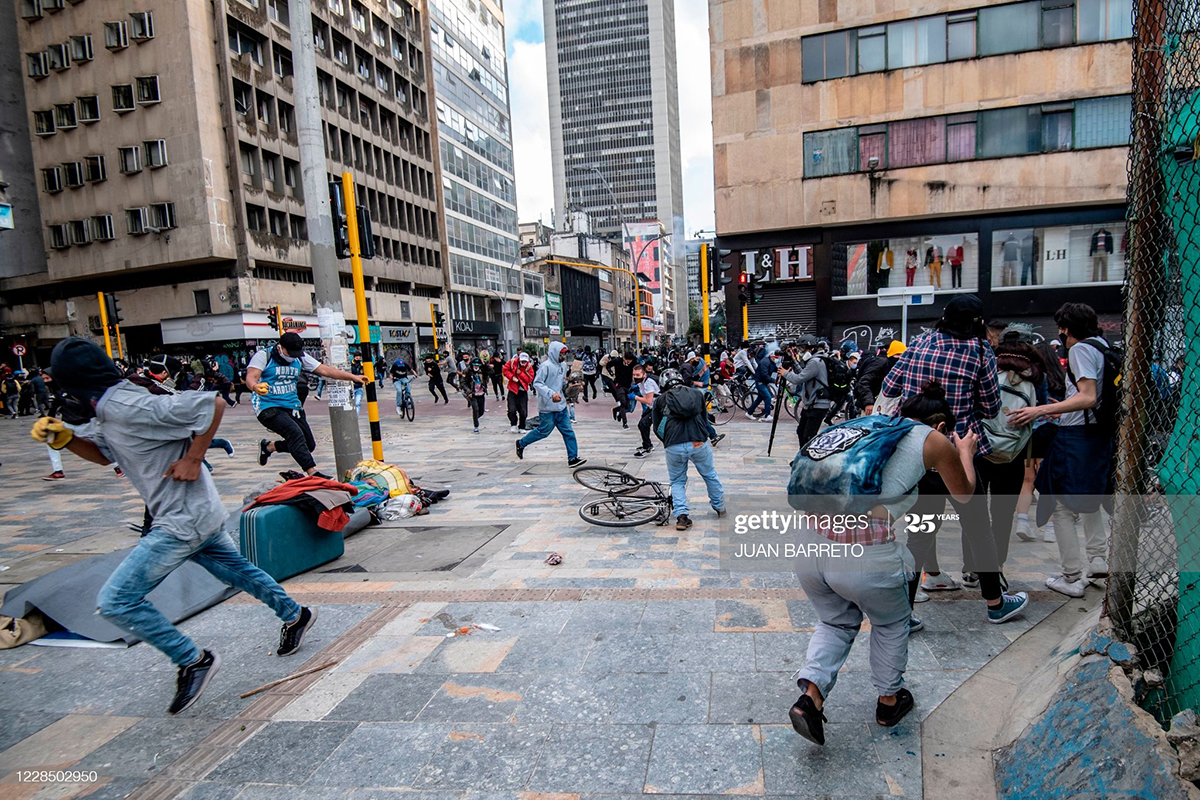By Vendy Adams
News Americas, NEW YORK, NY, Sept. 24, 2020: The media in Latin America has condemned the racial injustice in the U.S. and the ongoing civil rights violations. The newspapers have reported extensively on the murder of George Floyd and the protests since then.
However, they are largely quiet about racism and segregation in Latin America. In one of the most ethnically diverse regions in the world, people may have the idea they live in racial democracy, but the facts do not support this. Race still plays a role in determining the chances many people in Latin America have in life and whether they are targeted by the police.
Structural and institutional segregation
According to the World Bank, Latin America is home to approximately 28 million indigenous people and about 150 million Afro-Latinos. Combined, this amounts to around 40% of the population and yet they are the poorest segment and have less access to health, education and social welfare than others.
They also have a tougher time finding employment. Latin American cities tend to be fairly racially mixed, but many wealthy neighborhoods are nearly exclusively white. Latin America has high homicide rates and police forces kill in greater numbers than in the United States.
As a student, you must know the details inside out and write articles and essays around it. It’s a topic that has great potential and educating people around it will support the cause. You can refer to https://eduzaurus.com/free-essay-samples/racism/ for free essay samples about racism. Writing an essay about racism or any other current affair is made easy with EduZaurus samples.
A long history of racism
The Dominican Republic and Brazil are home to the largest Afro-Latino communities. Brazil has a long history of racism and was the last country in the Americas to abolish slavery.
Society has remained segregated and although Brazilians may believe they live in a racial democracy, activists say this is a myth. Black and indigenous minorities have historically been structurally and institutionally excluded by those holding political and economic power.
Ilona Szabo, executive director of the Igarapé Institute in Rio, says that police violence goes back to the way of thinking that some lives matter more than others. There is a stereotype of criminals being black men. This means that in a violent society, like Brazil, the police may use excessive force because of the stereotype.
Racism in Brazil
In Brazil, with its large Afro-Latino population, the parallel system of law enforcement based on class and race is perhaps seen at its starkest.
A week before the death of George Floyd, João Pedro Mattos Pinto, a 14-year-old, was a victim of a botched police operation. The deaths may have been far apart but people felt the same anger. Brazilians took up the “Black lives matter” chant in the weeks following the deaths.
A video made by a woman in May, the same month George Floyd died, shows a police officer in São Paulo standing on the neck of a black woman in her fifties.
Bolsonaro believes it is a class issue, not a race issue
Brazilian President, Jair Bolsonaro, believes the problem is a class issue, not a race issue. He talks about getting tough on crime and backs shoot-to-kill policies.
Bolsonara recently confirmed that a black journalist, Sergio Camargo, would head up the Palmares Cultural Foundation. Camargo is known to be right-wing and he denies that racism exists in Brazil. He says that black people complain and have a victim-mentality because they are misinformed by the left.
Camargo’s view is that of a minority at present but it is one that many shared in the past – the idea that Brazil is a rainbow nation with little to no racism. Bolsonaro’s administration has accused previous leftist governments of bringing about divisions in Brazil that did not exist before.
Racism in Colombia
The Colombian newspapers reported widely on the death of Lloyd George and the subsequent protests. However, they do not speak out about the injustices committed against Afro-Caribbean Columbians, despite the killings of black bystanders by police. Anderson Arboleda, a 19-year-old black man from Puerto Tejada, was recently beaten by two white policemen for violating quarantine and he died three days later.
A final word
Many people in the U.S. are now starting to reject the racist segregation imposed on African Americans for centuries. Much of the violence in Latin America is associated with the war on drugs but the system racism that goes in hand with police actions is often overlooked. Has the time come for Latin America to start recognizing the racism that still exists?
Author’s Bio:
Vendy Adams works for a competitive exam coaching center as the head academic counselor in the study abroad division. Her expertise is in writing college essays, interviews and GD preparation and admission guidance. In her free time, she likes to read famous autobiographies, learn oil painting and watch news channels.










